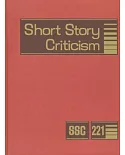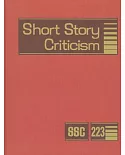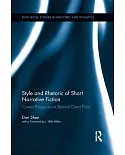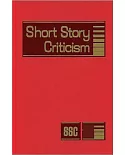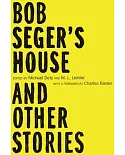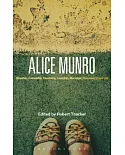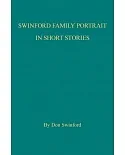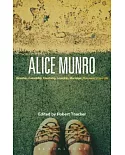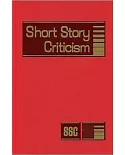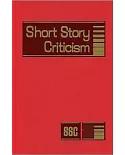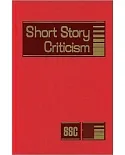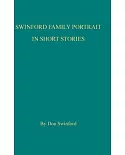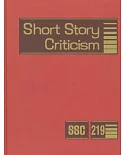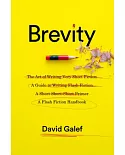"This book is a study of the short story, one of the widest taught genres in English literature, from an innovative methodological perspective. Both liminality and the short story are
well-researched phenomena, but the combination of both is not frequent. This book discusses the relevance of the concept of liminality for the short story genre and for short story cycles,
emphasizing theoretical perspectives, methodological relevance and applicability.Liminality as a concept of demarcation and mediation between different processual stages, spatial complexes, and
inner states is of obvious importance in an age of global mobility, digital networking, and interethnic transnationality. Over the last decade, many symposia, exhibitions, art, and publications
have been produced which thematize liminality, covering a wide range of disciplines including literary, geographical, psychological and ethnicity studies.Liminal structuring is an essential
aspect of the aesthetic composition of short stories and the cultural messages they convey. On account of its very brevity and episodic structure, the generic liminality of the short story
privileges the depiction of transitional situations and fleeting moments of crisis or decision. It also addresses the moral transgressions, heterotopic orders, and forms of ambivalent
self-reflection negotiated within the short story’s confines. This innovative collection focuses on both the liminality of the short story and on liminality in the short story"--


